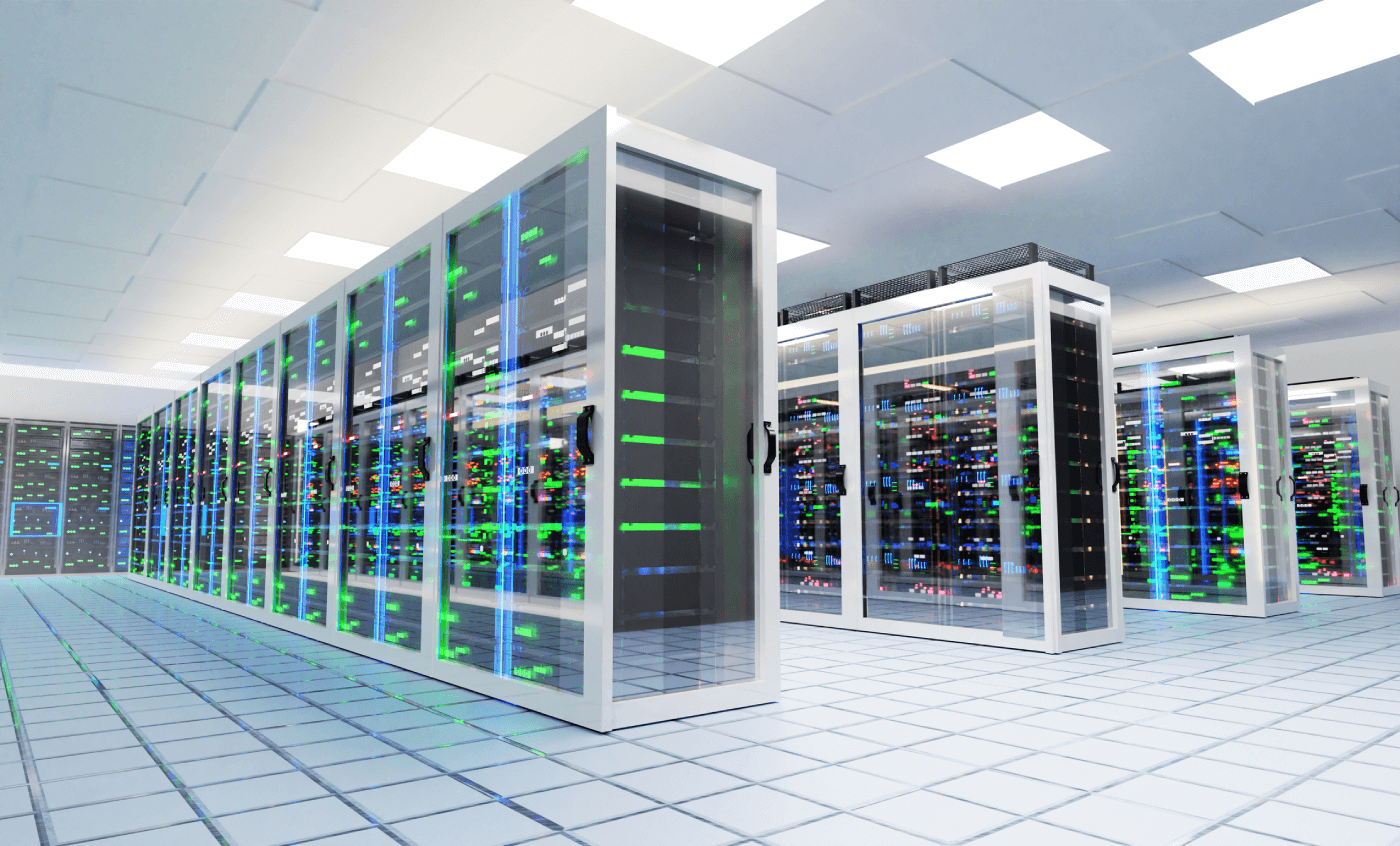The data center industry is experiencing a transformative shift that promises to redefine how these critical facilities operate and deliver services. As organizations worldwide grapple with increasing digital demands and evolving technological landscapes, the integration of automation and remote management capabilities has emerged as the cornerstone of modern data center operations. This evolution represents not just technological advancement, but a fundamental reimagining of how data centers can achieve unprecedented efficiency, sustainability, and operational resilience in an increasingly connected world.
Automation: The New Operating Paradigm Intelligent Systems Transforming Operations
Modern data centers are embracing automation technologies that fundamentally alter traditional operational methodologies, creating opportunities for enhanced efficiency and reduced human intervention in routine processes. These sophisticated automated systems now possess the capability to handle complex tasks including capacity scaling, software patching, server provisioning, and incident detection and response mechanisms. The integration of artificial intelligence and machine learning analytics enables data centers to expand resources dynamically based on real-time demand patterns, creating responsive infrastructure that adapts to varying operational requirements.
Predictive maintenance has emerged as a game-changing application of AI in data center operations. According to industry research, AI-powered predictive maintenance can reduce breakdowns by up to 70% and lower maintenance costs by 25%. These systems enable data centers to anticipate potential issues before they manifest into significant problems, thereby maintaining optimal performance levels and preventing costly downtime incidents that can severely impact business operations.
Market Momentum and Future Projections
The adoption of automation is accelerating across enterprise environments, with Gartner predicting that by 2026, approximately 30% of enterprises will automate over half of their network activities, representing a dramatic increase from under 10% in mid-2023. This anticipated growth trajectory demonstrates the increasing recognition of automation’s value proposition and the urgency with which organizations are pursuing these technological capabilities to remain competitive in the digital marketplace.
Remote Management: Enabling Resilient Operations Pandemic-Driven Innovation and Beyond
The COVID-19 pandemic served as a significant catalyst for remote management adoption, demonstrating its crucial value for maintaining operational resilience during unprecedented global disruptions. Modern remote management platforms provide comprehensive real-time visibility into data center operations, enabling operators to monitor, control, and optimize facility performance from virtually any location. These sophisticated systems integrate AI-powered predictive insights and analytics capabilities that enhance operational efficiency while maintaining the rigorous oversight required for mission-critical infrastructure.
Remote management tools now encompass console servers, DCIM solutions, KVM-over-IP switches, and service processors that collectively enable comprehensive facility oversight. These technologies allow administrators to perform almost any function on remote systems, from basic monitoring to complex troubleshooting and maintenance tasks, without requiring physical presence at the facility.
Security in the Remote Era
The implementation of remote management capabilities necessitates robust security measures, with data center operators increasingly adopting Zero Trust Architecture frameworks. This security approach eliminates assumptions about user trustworthiness and requires continuous validation of access privileges and device integrity, ensuring that the operational benefits of remote management do not compromise infrastructure security. Zero Trust models have demonstrated 99.7% security effectiveness in recent industry evaluations, making them essential for modern data center operations.
Sustainability and Efficiency Through Technology Environmental Impact and Optimization
The integration of automation and remote management technologies significantly contributes to environmental sustainability objectives, addressing growing concerns about the data center sector’s environmental impact. Automation solutions enable sophisticated workload distribution optimization and dynamic cooling system modifications that reduce energy consumption while maintaining optimal operational conditions. With data center energy consumption continuing to rise, these technologies become increasingly critical for meeting governmental sustainability standards and ESG reporting requirements.
Advanced cooling technologies, including liquid cooling systems, are gaining traction as AI workloads demand higher power densities. The global liquid cooling market is projected to grow from $4.9 billion in 2024 to $21.3 billion by 2030, representing a compound annual growth rate of 27.6%. These developments reflect the industry’s commitment to sustainable operations while supporting ever-growing digital service demands.
Industry Outlook and Strategic Recommendations Market Dynamics and Investment Trends
The data center industry is experiencing unprecedented growth, with global spending on AI-related infrastructure expected to exceed $300 billion in 2025. This growth is driving significant investments in automation and remote management capabilities as organizations seek to optimize their operations and maintain competitive advantages. Edge computing is also expanding rapidly, with the market projected to grow from $60 billion in 2024 to $110.6 billion by 2029.
Organizations implementing comprehensive automation and remote management strategies demonstrate superior capability to meet evolving market demands while maintaining operational excellence. These technologies serve as fundamental facilitators for future AI-powered and self-optimizing facilities that can adapt to changing conditions with minimal human intervention.
Conclusion
The transformation of data center operations through automation and remote management represents a critical evolution that addresses fundamental challenges while creating opportunities for enhanced efficiency, sustainability, and operational resilience. As the industry continues to mature, organizations that embrace these technological capabilities position themselves to meet evolving standards while creating competitive advantages through improved operational efficiency and reduced environmental impact.
The future belongs to data centers that can operate intelligently, adapt dynamically, and optimize continuously. As technology leaders recognize, the time for action is now – organizations must begin implementing these transformative technologies to avoid becoming obsolete in an increasingly sophisticated and competitive marketplace. The convergence of automation, remote management, and AI-driven operations promises to create data centers that are not only more efficient and sustainable but also more resilient and responsive to the ever-changing demands of our digital world.
